7 Spicy Secrets Behind the Sunshine State: How California Cuisine is Flavoring the World!
Table of Contents
- Introduction: California Cuisine – The Golden State of Flavors
- A Brief History: From Farm to Fork, Spice in the Californian Way
- What Makes California Cuisine So Special?
- Spices That Define California’s Culinary Soul
- California Meets the World: A Fusion of Global Spice Traditions
- Buying Guide: Choosing the Right Spices for Your California Kitchen
- 5 Tips to Elevate Your Cooking with California-Style Spicing
- Recipe Roundup: Must-Try California-Inspired Dishes with a Spicy Kick
- Conclusion: Embrace the Sunshine State of Mind – One Spice at a Time
Introduction: California Cuisine – The Golden State of Flavors
When you think of California cuisine, what comes to mind? Avocado toast? Citrusy ceviche? Maybe that fresh, vibrant salad bursting with local greens and sun-kissed tomatoes. But let’s not forget one key ingredient that brings it all together — spice.
While California might not be known for fiery heat like New Mexico or Sichuan, its approach to spice is subtle, refined, and always intentional. Think of it as the ‘spa treatment’ of flavor — calming, rejuvenating, and oh-so-delicious. In this article, we’ll dive into the global spice traditions that shape California cuisine, why it stands out from other culinary movements, and how you can bring a little sunshine to your kitchen using just the right blend of seasonings.

A Brief History: From Farm to Fork, Spice in the Californian Way
California cuisine emerged in the 1970s and 80s as a reaction to industrialized food culture. Pioneering chefs like Alice Waters championed local, seasonal ingredients and simple preparation methods. This movement didn’t just revolutionize dining; it also redefined how spices were used — not to overpower, but to enhance.
California’s diverse population brought waves of immigrants who infused their native flavors into local dishes. Mexican, Asian, Middle Eastern, and Mediterranean influences all found a home in the state’s kitchens, giving rise to a uniquely American style of cooking that respects both tradition and innovation.
What Makes California Cuisine So Special?
It’s not just about organic produce or artisanal bread (though those help). What sets California cuisine apart is its balance — between health-conscious choices and indulgence, simplicity and sophistication, earthy flavors and aromatic excitement.
The use of spice here isn’t about heat; it’s about harmony. Herbs like cilantro, thyme, rosemary, and dill play supporting roles, while warm spices like cumin, smoked paprika, and turmeric often sneak into marinades, dressings, and rubs for an extra layer of depth.
| Flavor Profile | Common Ingredients | Typical Use Case |
|---|---|---|
| Fresh & Bright | Lime, lemon zest, cilantro, mint | Ceviches, tacos, green salads |
| Smoky & Earthy | Paprika, cumin, chili powder, chipotle | Burritos, grilled veggies, burgers |
| Herbaceous & Fragrant | Thyme, oregano, basil, parsley | Risottos, pastas, roasted meats |
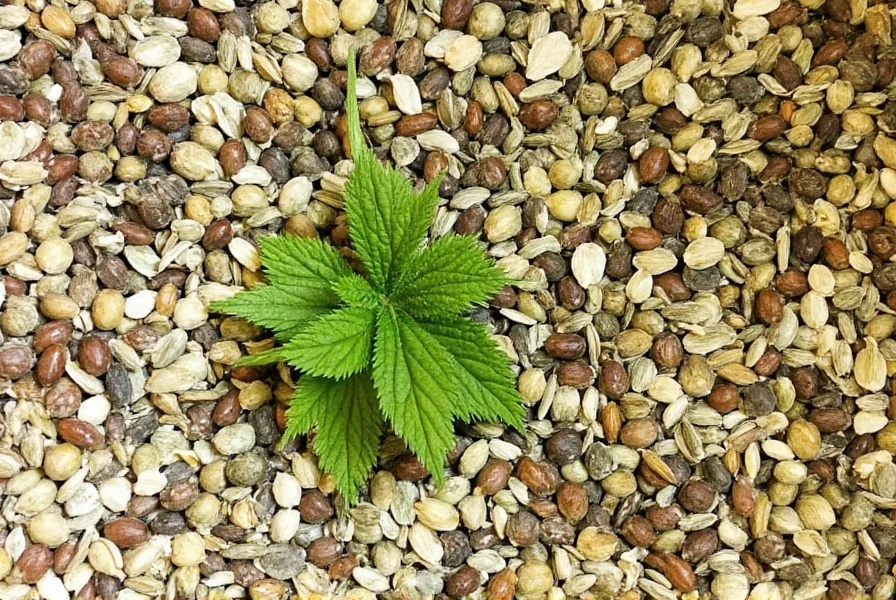
Spices That Define California’s Culinary Soul
If California cuisine had a signature scent, it would be a blend of citrus zest, smoky paprika, and a hint of garlic. Here are some of the top spices that make this regional cuisine sing:
- Cumin: Adds warmth and depth to everything from black bean dips to roasted vegetables.
- Smoked Paprika: Lends a rich, sweet-smoky note that pairs perfectly with avocado, tomato, and seafood.
- Coriander: Offers a citrusy, slightly floral note that brightens up sauces and salsas.
- Turmeric: Often used in vegan bowls and grain salads for its color and anti-inflammatory properties.
- Chili Powder: Blended versions (not pure chilies) give a balanced heat and flavor boost without overwhelming the dish.
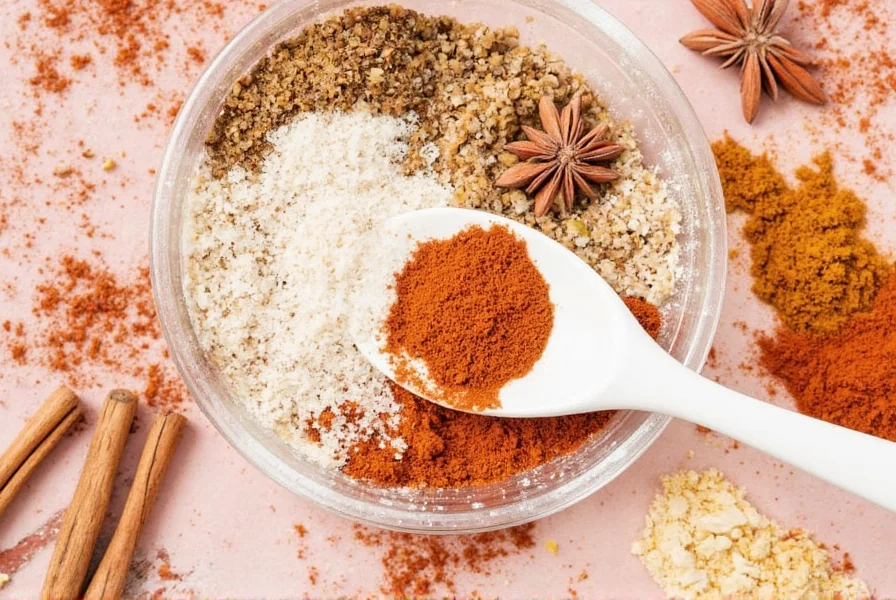
California Meets the World: A Fusion of Global Spice Traditions
One of the most exciting aspects of California cuisine is its melting pot of cultural influences. You’ll find Vietnamese pho shops next to Mexican taquerías, Thai curry restaurants across from sushi bars. Each brings unique spice profiles that enrich the local palette.
Here’s a quick look at how global spice traditions influence California dishes:
| Cuisine | Signature Spices | California Twist |
|---|---|---|
| Mexican | Ancho chili, cumin, oregano | Used in street tacos with farm-fresh fillings |
| Thai | Lemongrass, galangal, kaffir lime | Incorporated into noodle soups with local herbs |
| Indian | Garam masala, cardamom, mustard seeds | Used in veggie burgers or quinoa bowls |
| Mediterranean | Sumac, za'atar, sumac | Found in grain salads and hummus variations |

Buying Guide: Choosing the Right Spices for Your California Kitchen
Ready to stock your pantry with the flavors of the West Coast? Here’s a guide to choosing the best spices for your California-style kitchen.
- Look for Freshness: Whole spices last longer than ground ones. Grind them yourself for maximum flavor.
- Go Organic When Possible: Since California prides itself on sustainable agriculture, opting for organic spices aligns with the spirit of the cuisine.
- Check the Origin: Some brands specify where the spices are sourced. Mexican-grown cumin or Spanish paprika adds authenticity.
- Storage Matters: Keep spices in airtight containers away from light and heat to preserve potency.
Top Picks for California Cuisine Spices
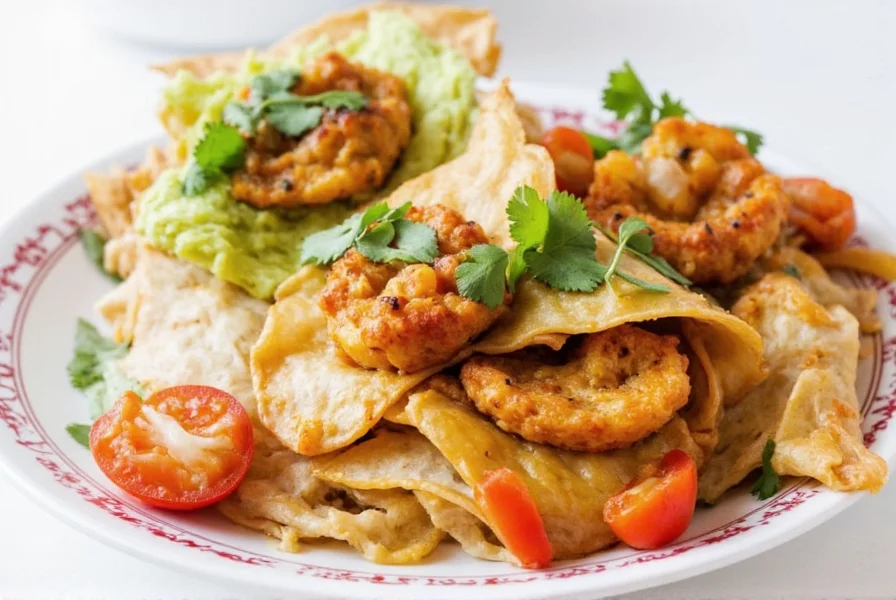
Organic Ground Cumin – Terrazul Organics
- Features: USDA-certified organic, sustainably sourced
- Advantages: Rich aroma, smooth finish
- Use Cases: Tacos, chili, roasted cauliflower
- Target Audience: Eco-conscious cooks and vegetarians
- Suitable Occasions: Weeknight dinners, backyard barbecues
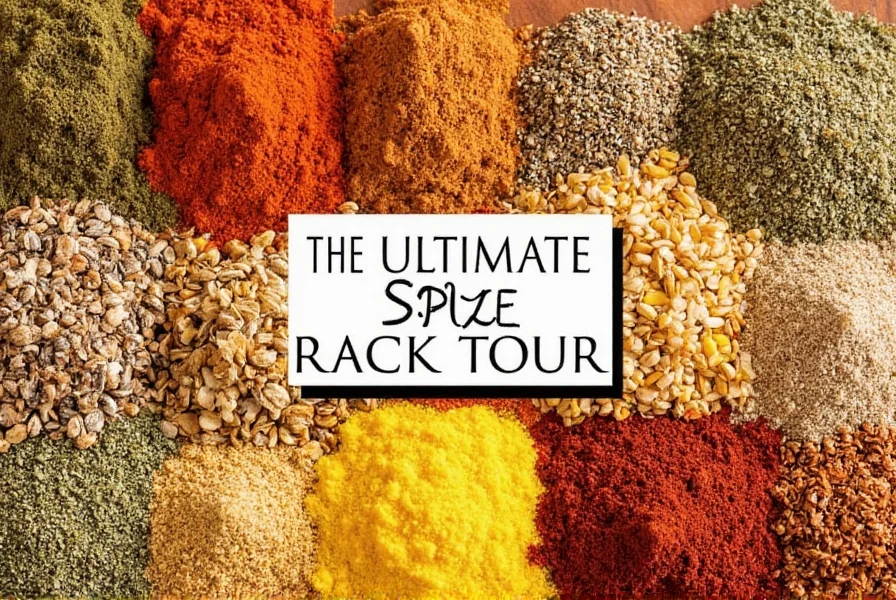
Smoked Sweet Paprika – La Flor de España
- Features: Authentic Spanish pimentón
- Advantages: Deep smokiness with no bitterness
- Use Cases: Aioli, paella, grilled avocados
- Target Audience: Home chefs aiming for restaurant-quality flavor
- Suitable Occasions: Weekend brunches, tapas nights
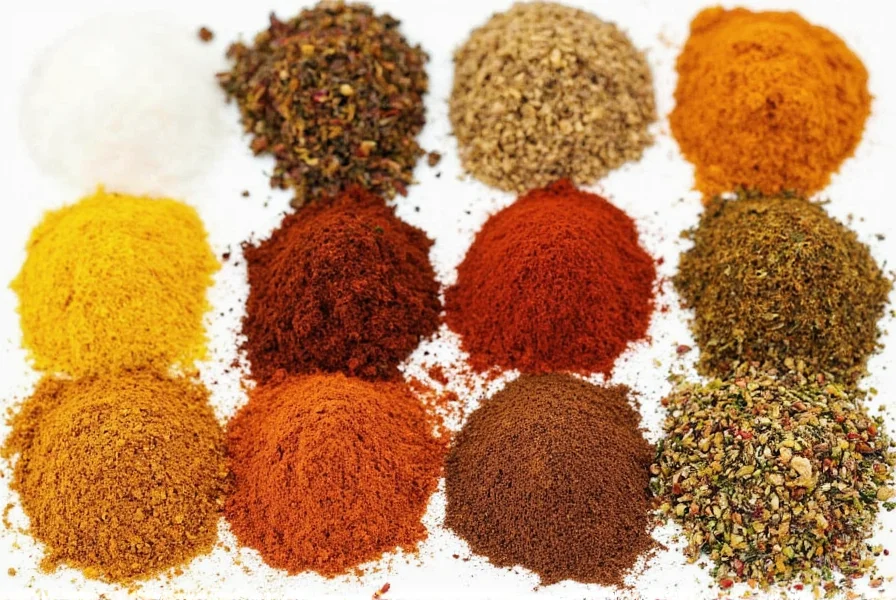
Golden Turmeric Blend – SunRoot Naturals
- Features: Curcumin-rich, blended with black pepper
- Advantages: Boosts bioavailability, perfect for wellness-focused meals
- Use Cases: Grain bowls, golden milk, smoothies
- Target Audience: Health enthusiasts and clean eaters
- Suitable Occasions: Morning rituals, post-workout recovery

5 Tips to Elevate Your Cooking with California-Style Spicing
- Layer Your Flavors: Start with aromatics (garlic, onions), then add dried spices early in the cook time, followed by fresh herbs at the end.
- Use Citrus Zest Generously: Lemon, lime, and orange zest brighten any dish — especially when paired with warm spices.
- Create Spice Blends: Make your own California-style blends like “Sunset Taco Mix” or “Golden Harvest Rub” to keep things consistent and easy.
- Toast Your Spices: For deeper flavor, briefly toast whole spices before grinding or adding to oil.
- Add Heat Thoughtfully: If you want spice, reach for jalapeños, serranos, or hot sauces made locally — like Dave’s Insanity or Cholula.
Recipe Roundup: Must-Try California-Inspired Dishes with a Spicy Kick
Ready to get cooking? Here are five recipes that showcase the spice-forward magic of California cuisine:
- Grilled Peach & Arugula Salad with Smoked Paprika Vinaigrette
- Black Bean & Sweet Potato Tacos with Lime-Cilantro Crema
- Avocado Toast with Chili-Lime Crumble
- Quinoa Bowl with Roasted Vegetables and Turmeric Tahini Dressing
- Grilled Salmon with Cumin-Lime Marinade and Mango Salsa

Conclusion: Embrace the Sunshine State of Mind – One Spice at a Time
Whether you’re a seasoned chef or a weekend cook with a farmer’s market obsession, California cuisine offers a flavorful playground for exploring global spice traditions through a local lens. Its approach is gentle yet bold, simple yet complex — much like the landscape itself.
So next time you’re prepping a summer salad or grilling your favorite protein, don’t forget to add a pinch of that smoky paprika or a dash of coriander. Let your kitchen echo the warmth of California’s golden sun, one spice at a time.

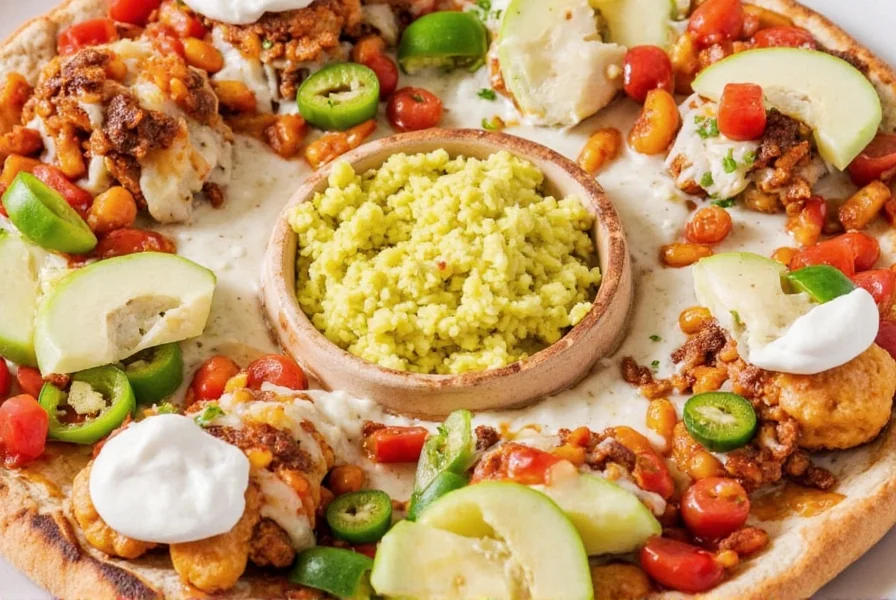









 浙公网安备
33010002000092号
浙公网安备
33010002000092号 浙B2-20120091-4
浙B2-20120091-4